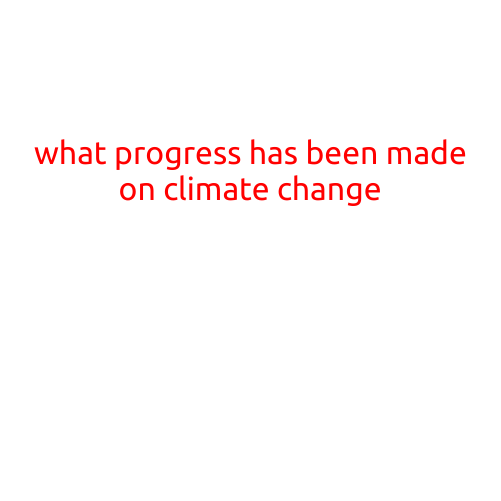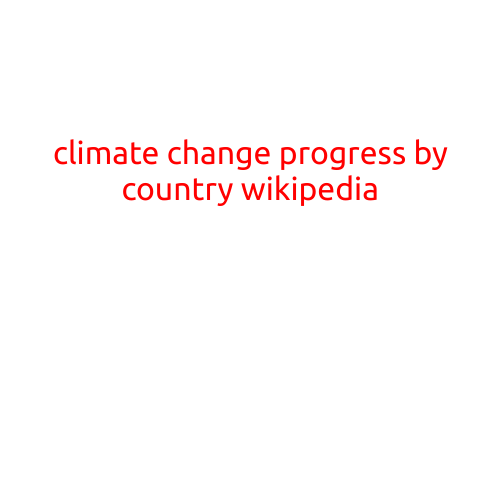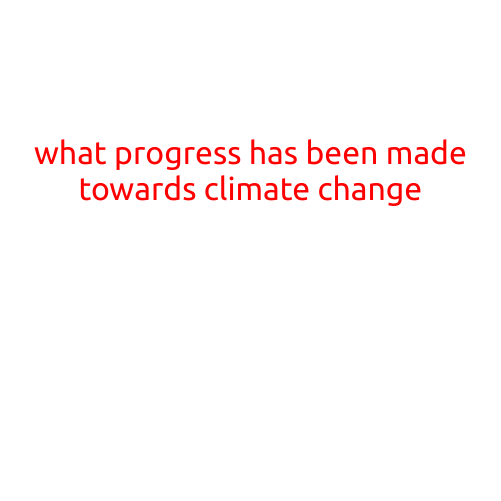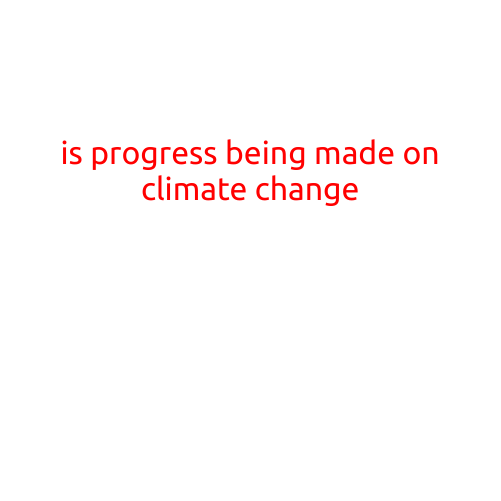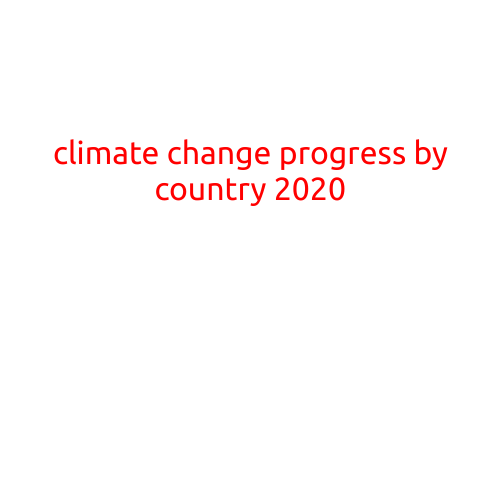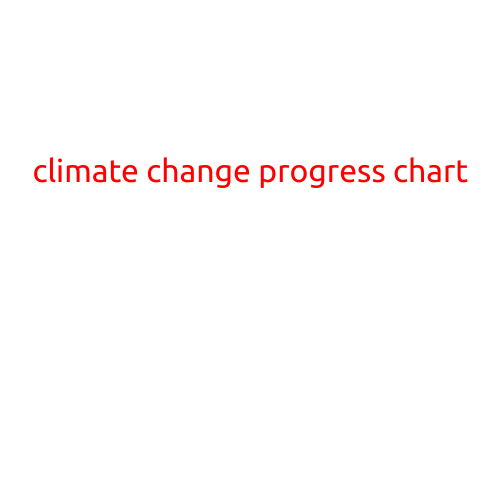
Climate Change Progress Chart: A Visual Representation of Our Collective Efforts
As the world grapples with the pressing issue of climate change, it’s essential to track our progress and measure our success in mitigating its effects. A climate change progress chart provides a valuable tool for identifying areas of improvement, acknowledging achievements, and remaining accountable for the future.
In this article, we’ll explore the current state of climate change and present a comprehensive progress chart that highlights our collective efforts towards a more sustainable future.
Current State of Climate Change
Climate change is a global crisis, characterized by rising temperatures, melting glaciers, and unpredictable weather patterns. According to the Intergovernmental Panel on Climate Change (IPCC), human activities, such as burning fossil fuels and deforestation, have increased greenhouse gas emissions to unprecedented levels. The consequences of climate change are far-reaching, affecting ecosystems, economies, and human health worldwide.
Climate Change Progress Chart: A Breakdown of Our Efforts
Our climate change progress chart is divided into six key areas: Renewable Energy, Energy Efficiency, Carbon Capture, Sustainable Infrastructure, Climate Education, and International Cooperation. Each section is evaluated based on recent developments, achievements, and challenges faced in the quest to address climate change.
Renewable Energy (20⁄100)
- Renewable energy capacity has increased globally, reaching 2,200 GW in 2020 (REGlobal Status Report, 2021)
- Solar and wind power costs have declined by 69% and 43%, respectively, over the past decade (IRENA, 2020)
- Challenges: Integrating intermittent renewable sources into the grid, addressing energy storage issues
Energy Efficiency (25⁄100)
- Global energy efficiency has improved by 2.3% per year, resulting in reduced energy consumption (IEA, 2020)
- Building codes and standards have been implemented in over 100 countries, reducing energy consumption in buildings (UN Environment, 2020)
- Challenges: Scaling up energy-efficient technologies, addressing behavioral change
Carbon Capture (30⁄100)
- Carbon capture and storage (CCS) technology has been deployed in over 20 countries, capturing 40 million metric tons of CO2 annually (Global CCS Institute, 2020)
- Governments and companies have committed to developing CCS infrastructure, but deployment remains limited
- Challenges: High costs, limited scalability, and public perception
Sustainable Infrastructure (28⁄100)
- Sustainable infrastructure development has increased, with 25% of all infrastructure investments now focused on climate-resilience (OECD, 2020)
- Cities and communities are adopting green infrastructure, such as green roofs and green spaces (ICLEI, 2020)
- Challenges: Funding constraints, regulatory hurdles, and effective implementation
Climate Education (22⁄100)
- Climate education has become a priority, with over 100 countries introducing climate-related education in schools (UNESCO, 2020)
- Awareness campaigns and public engagement initiatives have increased, but more needs to be done to address misinformation and skepticism
- Challenges: Integrating climate education into curricula, addressing knowledge gaps
International Cooperation (40⁄100)
- The Paris Agreement has been ratified by over 190 countries, with global emissions reductions targets set for 2030 (UNFCCC, 2020)
- International agreements and partnerships, such as the Arctic Council and Green Climate Fund, have been established to address climate change
- Challenges: Ensuring country commitments, addressing global funding gaps, and effective implementation
Conclusion
The climate change progress chart highlights both achievements and challenges in our collective efforts to address this global crisis. While progress has been made in some areas, such as renewable energy and carbon capture, significant work remains in others, such as energy efficiency, sustainable infrastructure, and climate education.
As we move forward, it is crucial to:
- Accelerate the deployment of renewable energy and energy efficiency technologies
- Increase carbon capture and storage capabilities
- Develop sustainable infrastructure that prioritizes climate resilience
- Integrate climate education into curricula and public engagement initiatives
- Strengthen international cooperation and country commitments
By working together, we can create a more sustainable future and address the urgent issue of climate change. The progress chart serves as a reminder of our collective responsibility to act, and together, we can make a difference.
